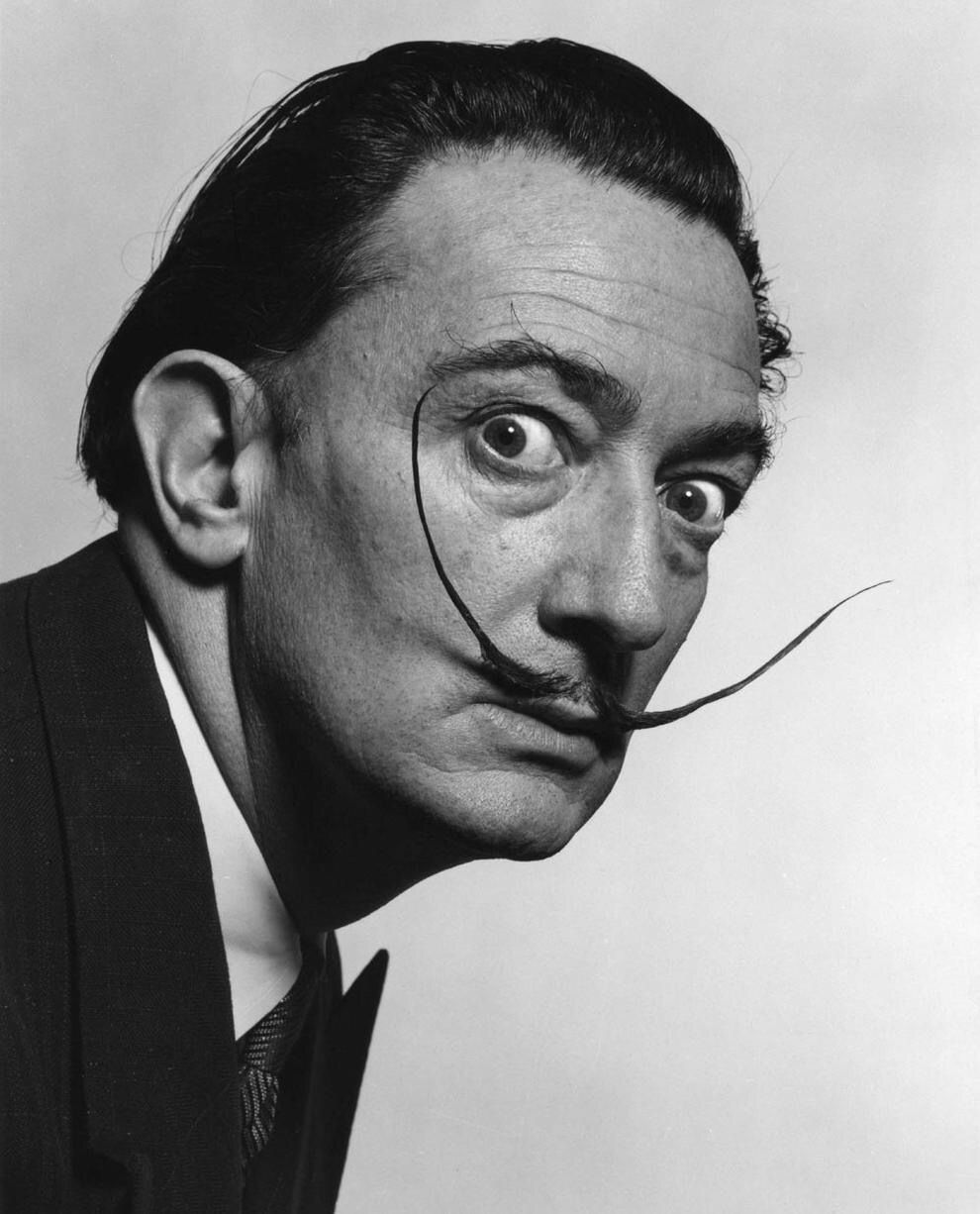Christian Marclay

Christian Marclay is a photographer who uses many different processes, one of which being the Cyanotype. Marclay's works are simple in terms of form, mostly done on paper, but the images he creates are truly marvelous, and on quite a large scale too, which is something I liked... a different sized canvas. This first image is of tape reels splayed out across cyanotype paper. There are many different transparencies, and there is a sense of chaos. It sort of reminds me of nerve structures. The way Marclay can capture so many of these reels is through his use of a larger canvas size, and a proper exposure, as these films are more often than not slightly to very transparent depending on whether or not they've been developed, or just left as blanks. This next image inspired one of my pieces heavily with the heavy imprint of an object and it's recognizable form, Marclay with old tapes, and I with photo reel wheels. (I forgot the proper name for them...) This image at first site l...




